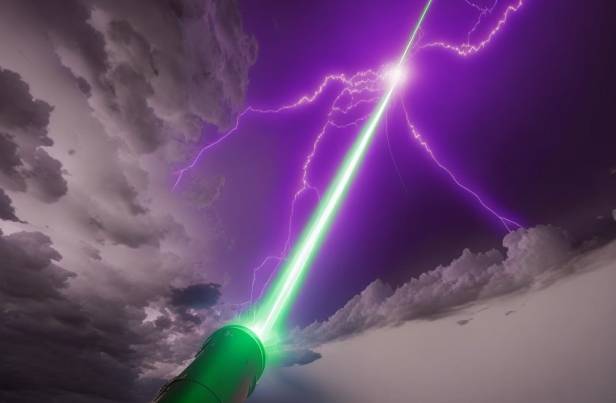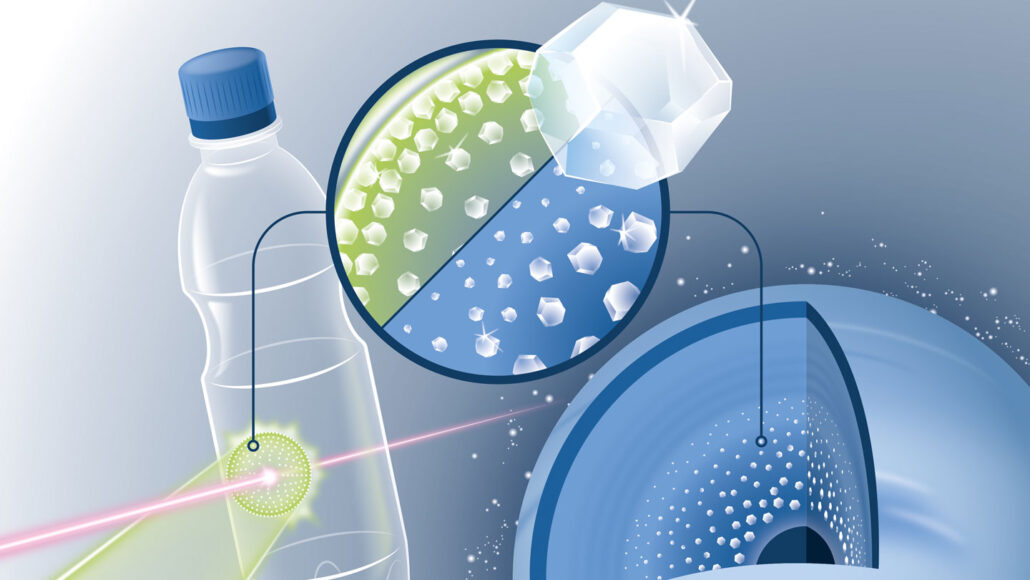Replacement Laser for Discontinued Coherent Helios
With the discontinuation of the Coherent Helios laser, some people find themselves having to source a replacement laser before production is stalled. RPMC is here to help alleviate your frustration when trying to source a suitable replacement… Read More

 SHIPS TODAY
SHIPS TODAY 
























